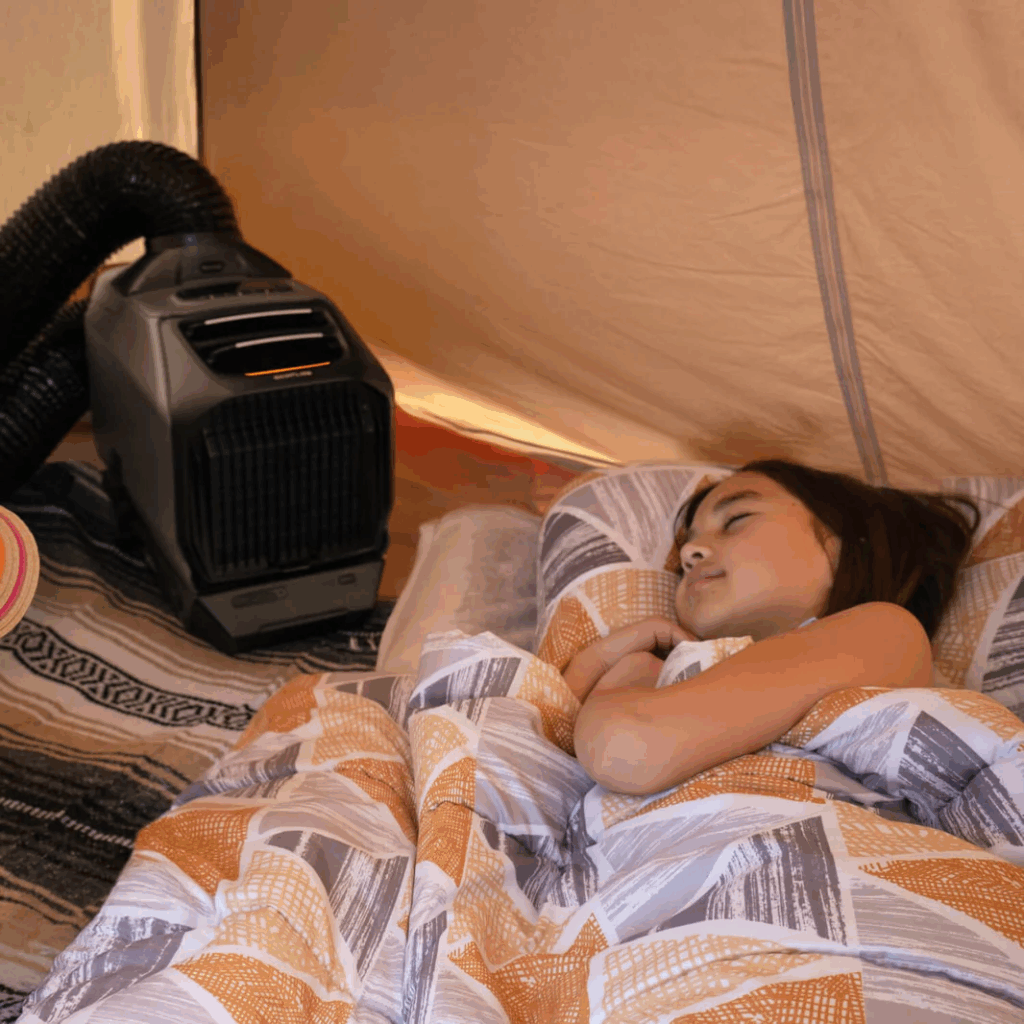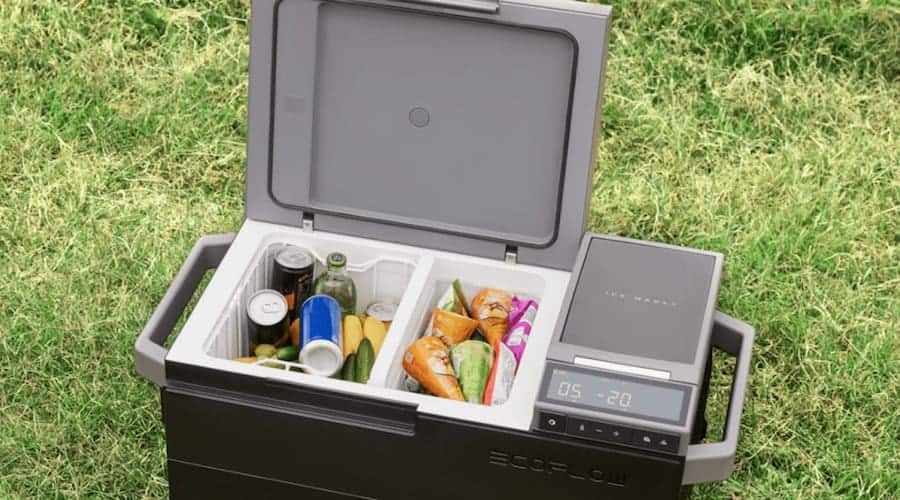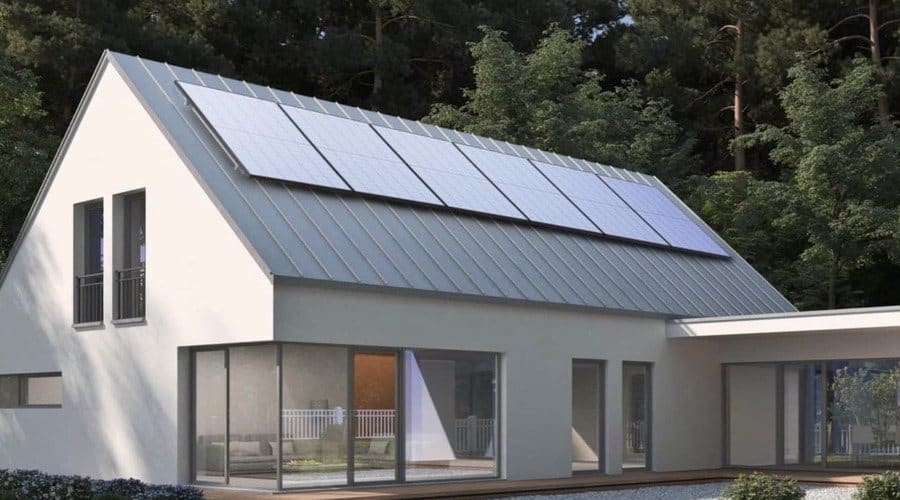Table of Contents
The UK has seen its fair share of extreme weather in recent years, with scorching temperatures becoming more frequent. Whether it’s the unprecedented 40°C highs of 2022 or long stretches of warm days, the reality of heatwaves is hard to ignore. So, the question arises as we step further into 2025—When is the next heatwave UK?
Knowing what to expect and how to prepare can make all the difference. In this guide, we’ll break down what you need to know about heatwaves and how to stay safe when the temperatures soar.
Understanding Heatwaves in the UK
A heatwave is not merely a spell of hot weather but a meteorologically defined event. The Met Office declares a UK weather heatwave when daily temperatures meet or exceed regional thresholds for at least three consecutive days. These thresholds vary across the country due to climatic differences:
- 25°C in cooler regions like Scotland and Wales.
- 28°C in warmer areas, including London and parts of the East Midlands.
Heatwaves are often accompanied by high humidity and minimal nighttime cooling, exacerbating health risks. Their intensity and duration have increased in recent decades, driven largely by climate change.
Historically, the UK has experienced several notable heatwaves, reflecting both natural variability and human-induced warming:
- 1976 heatwave: A 15-day heatwave, the longest on record, with temperatures exceeding 32°C for six consecutive days.
- 2003 European Heatwave: While not UK-specific, this event influenced climate policy. Temperatures in southern England peaked at 38.5°C, highlighting vulnerabilities in public health infrastructure.
However, these temperatures pale in comparison to the intense heat the UK has faced in recent years:
- 2020 Heatwave: Southern England saw 6 consecutive days above 34°C in August, alongside 5 “tropical nights” (minimum temperatures ≥20°C).
- 2022 Heatwave: The July of 2022 shattered records and reshaped perceptions of UK heat extremes: 40.3°C was recorded in Coningsby, Lincolnshire—the highest temperature ever measured in the UK. The Met Office issued its first red extreme heat warning, signalling a national emergency due to risks to life, infrastructure, and ecosystems.
In the broad context, the World Meteorological Organization (WMO) has just confirmed a sobering milestone: the year of 2024 was the warmest on record, with global average temperatures 1.55°C (±0.13°C) above pre-industrial levels. This likely marks the first full calendar year to breach the 1.5°C threshold set by the Paris Agreement.

What Causes Heatwaves in the UK?
Heatwaves in the UK arise from a combination of natural weather patterns and human-driven climate change. Here’s a breakdown of the key drivers:
High-Pressure Systems
A dominant cause is the formation of stationary high-pressure systems, often linked to the Azores High (a subtropical air mass). These systems trap warm, dry air over the UK for days or weeks, blocking cooler Atlantic winds and creating “blocking patterns.” For example, the 2022 heatwave was fuelled by a stubborn high-pressure zone that pushed temperatures to unprecedented levels.
Urban Heat Islands
Cities like London and Birmingham absorb and retain heat more than rural areas due to concrete, asphalt, and limited green spaces. During heatwaves, urban temperatures can be 5–7°C hotter than surrounding countryside, worsening health risks.
Geography and Ocean Currents
The UK’s maritime climate usually tempers extremes, but warming North Atlantic waters and southerly winds from mainland Europe (e.g., during the 2003 heatwave) can override this buffer. Southern England, being closer to continental Europe, often bears the brunt.
Climate Change Acceleration
Over the years, climate change has intensified heatwaves. Warmer global temperatures mean that heatwaves are not only becoming more frequent but also more severe. The Met Office has reported that heatwaves are now 10 times more likely due to human-induced climate change.
The UK’s infrastructure and weather systems were never designed for extreme heat, which is why even moderate heatwaves can have major consequences. Global trends, like 2024’s record-breaking temperatures, further amplify regional extremes.
While natural variability has always triggered hot spells, climate change is stretching these events into longer, fiercer extremes. So, if you’re wondering, “Is there a heatwave coming to UK this 2025?”, the unfortunate answer is that it’s quite likely.
When Is the Next Heatwave UK in 2025?
So, when is next heatwave UK this year? Predicting the exact timing of heatwaves is challenging due to the UK’s variable climate. However, looking at current climate trends and meteorological forecasts, we can make some informed predictions about what to expect.
The Met Office predicts that 2025 is likely to be among the top three warmest years on record, following 2023 and 2024. Meteorologists anticipate the next significant heatwave in the UK to occur as early as late June or July 2025, aligning with the onset of meteorological summer.
La Niña and Its Impact on UK Weather
After the record-breaking global temperatures of 2023 and 2024—fuelled by the El Niño weather phenomenon—scientists initially expected 2025 to be cooler due to the emergence of La Niña. This climate pattern, which occurs every three to five years, typically brings cooler ocean surface temperatures in the Pacific, often leading to wetter and stormier conditions in the UK.
However, early data from January 2025 has surprised scientists, showing temperatures still above expectations. Despite La Niña’s cooling effect, this suggests that the background trend of global warming is still driving up temperatures, meaning heatwaves could still occur this summer.
Who Is Most Affected by the Heatwave?
While heatwaves can impact everyone, certain groups are particularly vulnerable to extreme heat. Recognizing who is most at risk helps ensure better protection and preparedness.
- Elderly Individuals: Older adults, especially those over 65, struggle to regulate body temperature and often have underlying health conditions. In the 2022 UK heatwave, most heat-related deaths occurred in this age group.
- Young Children: Infants and toddlers are more susceptible to dehydration and heatstroke as their bodies cannot cool down as efficiently as adults.
- People with Pre-existing Health Conditions: Those with heart disease, respiratory issues, or diabetes face higher risks, as extreme heat can worsen these conditions, leading to hospitalizations.
- Low-Income and Ethnic Minority Communities: People in disadvantaged areas, particularly ethnic minority groups, are more likely to live in heat-vulnerable urban environments with fewer green spaces and poorer housing conditions.
- Urban Residents: Cities experience the urban heat island effect, where concrete and asphalt absorb heat, making urban areas significantly hotter than rural regions.
- Outdoor Workers: Construction workers, farmers, and delivery drivers face prolonged exposure to high temperatures, increasing their risk of heat exhaustion and dehydration.
How to Prepare for the Next Heatwave?
With UK heatwaves becoming more frequent and intense, preparing in advance can help you stay safe and comfortable. Here are some essential steps to take:
Keep an Eye on Weather Alerts
The Met Office issues heatwave warnings when extreme temperatures are expected. Stay updated by checking weather forecasts on reliable sources like the Met Office website or app.
Stay Hydrated
Dehydration is one of the biggest risks during a heatwave. Make sure you:
- Drink plenty of water throughout the day, even if you don’t feel thirsty.
- Avoid excessive alcohol, caffeine, or sugary drinks, as they can dehydrate you.
- Keep a bottle of water with you when you go outside.
Keep Your Living Space Cool
Not all UK homes are built for extreme heat, so take these steps to keep your living space cool:
- Close curtains and blinds during the day to block direct sunlight.
- Ventilate smartly by opening windows early in the morning and late at night to let in cool air.
- Usefans strategically placing a bowl of ice in front of a fan can help circulate cooler air.
- Limit indoor heat sources by avoiding ovens, stovetops, and tumble dryers during peak heat.
If you’re looking for a powerful and portable cooling solution, the EcoFlow WAVE 3 is a great option. With 6100 BTU of cooling power, it can drop temperatures by 8°C in just 15 minutes, making it ideal for bedrooms, offices, or even outdoor spaces.

Unlike traditional AC units, it’s wireless, requires no installation or drainage, and operates quietly at just 44dB, ensuring a peaceful and cool environment. Plus, you can power it off-grid for up to 8 hours or pair it with solar panels for an eco-friendly cooling solution.
Dress for the Weather
Wearing the right clothing can help your body stay cool:
- Choose light-coloured, loose-fitting, and breathable fabrics like cotton or linen.
- Wear a wide-brimmed hat and sunglasses if you’re heading outside.
- Apply high-factor sunscreen (SPF 30 or higher) to protect your skin from sunburn.
If you want to protect your face and neck from direct sunlight with a hat that offers good shade, check out the EcoFlow Power Hat, which not only provides UPF 50+ sun and UV protection, but also captures solar energy from all angles.
It features dual USB-A & USB-C ports, allowing you to charge two devices while on the go. Plus, with its IP65 waterproof and dustproof rating, it’s perfect for outdoor activities like hiking, beach trips, and fishing. Available in two sizes (22.8/24 inches) with an adjustable hook-and-loop fastener, it ensures a comfortable fit while keeping you cool and powered up.

Plan Your Day Around the Heat
The sun is strongest between 11 AM and 3 PM, so try to:
- Stay indoors or in shaded areas during these hours.
- If you must go outside, walk in the shade and take regular breaks in cool areas.
- Avoid strenuous physical activities and exercise in the early morning or late evening.
Pack Cooling Gear for Outdoor Recreation
If you’re heading outdoors during a heatwave—whether for a beach trip, picnic, or camping—having the right cooling gear can make all the difference. As we’ve explored, for relief from the heat, the EcoFlow WAVE brings powerful cooling wherever you need it. You can easily pair it with an EcoFlow portable power station or solar panel for long-lasting, off-grid comfort—no installation required.
Nothing beats an ice-cold drink on a hot day, and the EcoFlow GLACIER makes sure you have just that. This 3-in-1 portable fridge, freezer, and ice maker is perfect for outdoor trips, featuring:
- Dual zone, dual control to store both frozen and chilled items.
- Fast cooling and wire-free operation for up to 40 hours.
- 38L large capacity for plenty of drinks, snacks, and fresh fruit.
- Detachable suitcase design for easy transport.
- Smart app control for effortless adjustments.

Be Aware of Heat-Related Illnesses
Heat can cause serious health issues, so learn to recognize the signs of:
- Heat exhaustion: symptoms include dizziness, excessive sweating, and nausea. Move to a cool place, drink fluids, and rest.
- Heatstroke: a medical emergency where the body can’t cool down. Symptoms include confusion, dry skin, and a body temperature above 40°C. Call 999 immediately if you suspect heatstroke.
Build a Home Backup System for Power Outages
Extreme heat can put a strain on the power grid, leading to power outages, which can affect cooling systems, refrigeration, and even medical devices. To stay prepared:
- Build a home backup system, such as battery storage, a battery-powered generator, or solar-powered system, to keep essential devices running.
- Stock up on power banks to charge mobile phones and small electronic devices.
- Have portable AC units or rechargeable fans in case air conditioning or electric fans stop working.
- Keep non-perishable food and plenty of bottled water in case a power outage disrupts refrigeration.
Can We Prevent Heatwaves in the UK?
It’s no doubt that heatwaves are becoming more frequent and intense in the UK due to climate change and natural weather patterns. While we can’t stop heatwaves entirely, there are steps we can take to reduce their severity and long-term impact:
Tackling Climate Change
One of the main drivers of extreme heat events is global warming, caused by rising greenhouse gas emissions. The UK and the rest of the world need to take urgent action to reduce carbon emissions to slow down climate change and limit temperature increases. Some key actions include:
- Transitioning to renewable energy sources. Many are wondering, can solar energy stop climate change? Well, switching to solar panel systems is one of the most effective solutions to reduce dependency on fossil fuels, thus lowering the greenhouse gases.
- Reducing carbon emissions by improving energy efficiency in homes and businesses.
- Encouraging public transport, cycling, and electric vehicles to lower pollution levels.
- Supporting reforestation and tree-planting projects to absorb CO₂ and provide natural cooling.

Adapting Our Cities and Infrastructure
Many UK towns and cities are poorly designed for extreme heat, which is why urban areas experience the urban heat island effect—where buildings and roads absorb heat, making them significantly hotter than surrounding countryside areas. Some ways to prevent overheating include:
- More green spaces and trees: Planting trees and increasing parkland can provide shade and help cool cities.
- Cooler building designs: Encouraging the use of heat-reflective materials and better insulation in homes.
- Sustainable urban planning: Designing cities with more ventilation, shaded areas, and water features to reduce heat absorption.
Conclusion
With rising global temperatures, heatwaves in the UK are becoming increasingly intense and frequent. While we may not have an exact answer to “When is the next heatwave UK?” in 2025, understanding the causes and impacts of these extreme events is essential. By staying informed, taking steps to prepare, and making climate-conscious choices, both individually and as a society, we can mitigate some of the risks. The future of UK summers is likely to be hotter than ever—are you ready?
FAQs
Is 2025 going to be hot in the UK?
While it’s too early to predict exact temperatures, scientists expect 2025 to be warmer than average, though slightly cooler than 2023 and 2024 due to the La Niña weather pattern. However, climate change continues to drive up global temperatures, so the UK is still likely to experience hot spells and possible heatwaves during the summer months.
What temperature qualifies as a heatwave in the UK?
In the UK, a heatwave is defined as a period of at least three consecutive days with daily maximum temperatures meeting or exceeding specific thresholds, which vary by region. These thresholds range from 25°C in cooler areas like Scotland and Wales to 28°C in warmer regions such as London and parts of the East Midlands.
How can I stay cool during a heatwave?
To stay cool during a heatwave, drink plenty of water, wear light clothing, and avoid going out during peak heat (11 AM–3 PM). Keep your home cool by closing curtains, using fans and air conditioning, and opening windows at night. Take cool showers, use a damp cloth on your neck and wrists, and limit physical activity.
Can heatwaves cause power outages in the UK?
Yes, extreme heat can place significant stress on the power grid, especially if there is high demand for air conditioning. This can lead to power outages, particularly in areas with inadequate infrastructure to handle the strain of excessive cooling needs.







